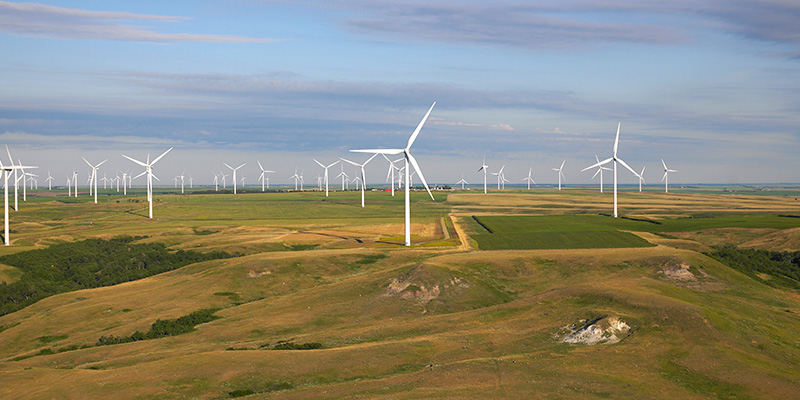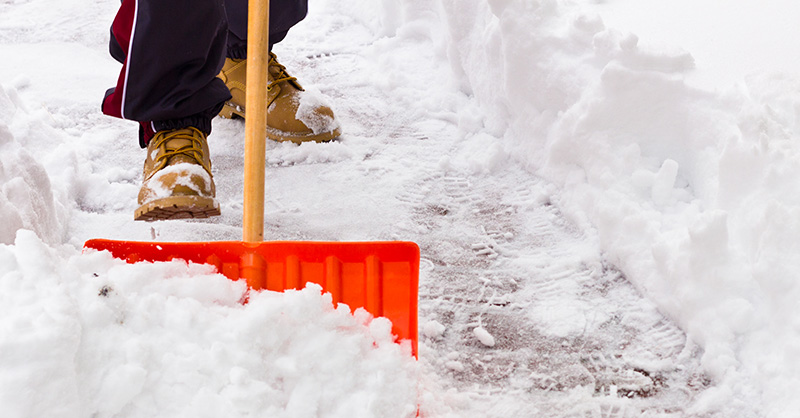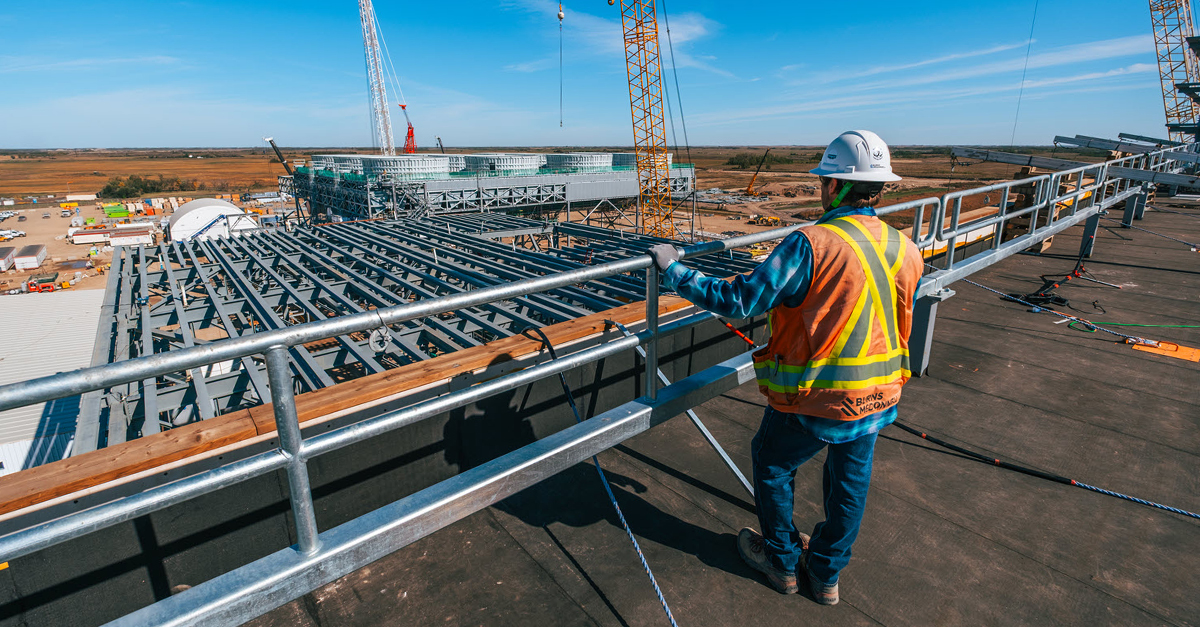Misconceptions About Wind And Solar Facilities
August 23, 2024

Quotables:
- Independent Power Producers (IPPs) consider many factors when selecting a site for a wind or solar facility. In most cases, farming can continue around wind and solar facilities once they’re up and running.
- When it comes to cost over their entire lifespan, the average cost of large-scale solar and wind generation is less than other power sources.
- Wind and solar are intermittent sources of power. That’s why it’s important that we keep a diverse mix of generation options in the province’s power system.
Next in our blog series about how we work with independent power producers (IPP), we’re clearing up some common misconceptions we hear about wind and solar power!
We’re working to achieve a net-zero greenhouse gas (GHG) emissions power system by 2050 – or sooner – and renewable power projects are helping us get there. Read on as we break down some of the incorrect claims and misconceptions you might’ve heard about wind and solar facilities.
Do Wind And Solar Facilities Really Use Up Prime Farmland?
Reality: In most cases, farming can continue around wind and solar facilities once they’re up and running.
Background: IPPs consider many factors when selecting a site for a wind or solar facility. Using farmland can provide lower risk for developers, but IPPs also must consider how to use the least amount of prime farmland as possible.
Don’t Wind And Solar Projects Have Short Lifespans?
Reality: The average lifespan of newer wind turbines is more than 30 years. For a solar facility, it’s also about 25 to 30 years. With good maintenance, that can be even longer!
Background: For a comparison, the average lifespan for a natural gas power station is also 25 to 30 years.
Aren’t They More Expensive?
Reality: When it comes to cost over their entire lifespan, the average cost of large-scale solar and wind generation is a lot less than other power sources.
Background: Federal tax incentives and other funding can also help lower the price for wind and solar projects. Plus, when we use wind and solar, we avoid paying carbon tax.
Is It True They’re Costly And Wasteful To Dispose Of?
Reality: Up to 90% of wind turbine parts (including the steel) are recyclable after they're taken apart. Recycling of solar panels is currently an emerging industry in Canada. Some provinces, like Alberta, have even started programs to reclaim expired solar panels. By the time our first large-scale solar facility reaches end of life, we expect the industry will be fully developed.
Background: Decommissioning all types of power facilities takes time and money and has environmental impacts.
What Value Can Intermittent Power Really Provide?
Reality: Renewables help us lower our system's GHG emissions. And they provide a cost-effective option for power generation.
Background: It's true that wind and solar are intermittent sources. That's why it’s important that we keep a diverse mix of generation options in the province’s power system.
Don’t They Create A Huge Carbon Footprint To Build?
Reality: The environmental impacts of building a wind or solar facility are similar to those of building a natural gas power station.
Background: The lifecycle of all power facilities includes materials, construction, operation and decommissioning. The lifecycle of wind and solar facilities produce fewer GHG emissions than the lifecycle of power plants that use coal or natural gas. Hydro and nuclear have low lifecycle GHG emissions too.
Aren’t They Harmful To Our Health?
Reality: There is no evidence linking health concerns to being near solar and wind facilities.
Background: Wind and solar facilities emit low-frequency Electric and Magnetic Fields (EMFs). That's the kind of EMFs that are present in most of the technology we use every day, like TVs and computers.
Aren’t They A Danger To Birds And Wildlife?
Reality: Many steps are taken to protect birds and wildlife. Each proposed location is assessed to make sure they’re built to have less of an environmental impact. This includes the impact to birds and bats.
Background: The Saskatchewan Ministry of Environment also provides guidelines to follow. We're required to monitor bird and bat numbers after new facilities are built. If we see higher than acceptable mortality rates, we’ll take adaptive measures.
Learn More:
- Independent Power Producers
- How We Work with IPPs
- Land Use for Wind and Solar Facilities
- Power Talks Video - Hosting Renewable Projects: Large-Scale Wind and Solar in Our Communities




